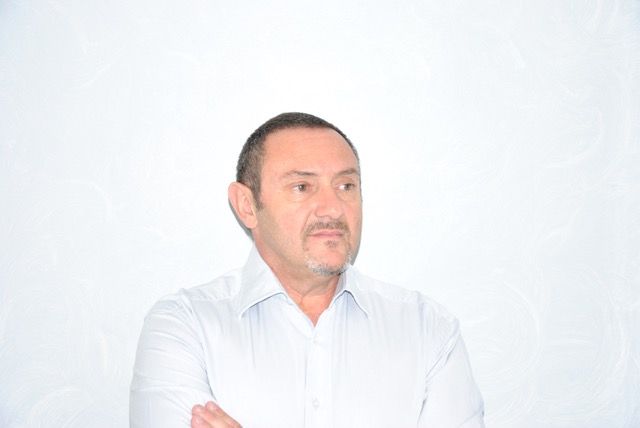“When it comes to desalination, some solutions can be false good ideas. We know several technologies: distillation, electrodialysis and reverse osmosis. The first problem with the technologies currently in use is energy consumption. Distillation consumes around 15 kWh per m3 of desalinated water, while reverse osmosis can cost between 3 and 4 kWh per m3 per cubic metre. But the water is so pure that it has to be remineralized, which involves an additional cost.

With the exception of cryoseparation, all other systems produce brines that impact marine environments. For example, on Mediterranean islands where desalination is practiced, Posidonia meadows are affected or even disappear. The additives used in the plants are proving problematic…
All these chemicals end up in marine waters. But beyond the use of technology and its impact, there is also the question of political decision-making. It is important to respect the needs of the various water users – farmers, industrialists, domestic users – and to take into account the ecosystem as a whole. This is where short circuits come into their own.
Distribution tariffs are not neutral either. As for cryo-separation? It’s a technology of the future, brilliant in principle. If we take a symbolic image, it consists of “floating ice cubes on salt water”. Its advantages? Much less energy consumption than distillation and reverse osmosis, and no brine discharge… I’m waiting to see how it develops…. But I’m optimistic! We’re going to find solutions that give everyone access to a resource that’s becoming increasingly scarce!”
